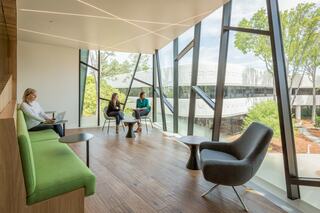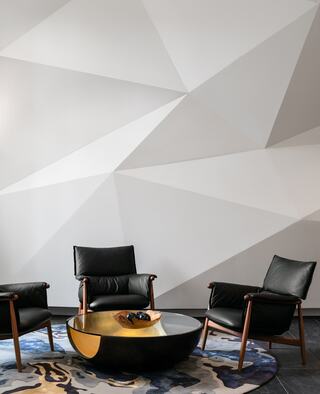What do we mean by evolved design?
SERA has a vision for the future, and we’ve set a framework as we strive to build the future we want to see. One of the key pillars of this framework–an aspirational guidepost that drives our thinking and action–is Evolved Design.
Evolved Design is one of those nebulous concepts that is difficult to define, but you know it when you see it. Settling upon a common definition is particularly difficult in a firm where ideas and innovations are constantly developing in response to ever-changing needs and values.

But every day, SERA aspires to accomplish Evolved Design by focusing on three central ideas that we believe define it: Experience, Community, and Performance. These three terms mean different things depending on the project, client, or external circumstances. We believe, though, that by building an understanding of experience, community, and performance for every project, we prime ourselves and our clients to generate inspired solutions that can be recognized as Evolved Design.
Experience.
We are driven by how people experience a space. We think about how different people will feel in different environments. We consider the different backgrounds, abilities, and life experiences that may influence how individuals interact with spaces. How can we consider the varied sensory experiences that an individual will have and how those experiences will shape their internal state of being?

Community.
We design for people. Spaces are at their best and appreciated most when they bring people together. How do our designs respond to and enhance the community? How do communities take ownership of the spaces we create and make these places uniquely theirs?
Performance.
Spaces need not just to look beautiful and provide a place for people to gather, but they need to perform well and meet our sustainability commitments now and in the future. We recognize that the built environment is a major contributor to climate change, ecological degradation, and social inequities. Part of our commitment to taking responsibility for the past, present, and future of place is understanding and reducing the impact of our work through carbon reductions, water savings, circular and healthy materials, and resilient design. What are the materials, technologies, and innovations that will enhance our designs now and in the future?
In many ways, the term “evolved design” defies definition–the moment you define it, it’s no longer evolving. So at SERA, our commitment is to the process of design–growing, developing, transforming . . . evolving.


